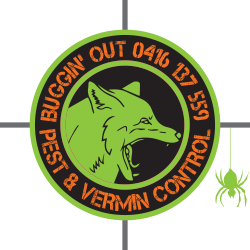Pest Profile
Animals![]()
Animal Pests
FERAL CATS
Scientific name: Felis catus
Feral cats are opportunistic predators that eat a wide range of foods, including native birds and wildlife. They often hunt and kill the most available prey species, but it has been reported certain individuals can become specialist hunters that target specific prey.
Feral cats look like suburban domestic cats. They have agile bodies, acute senses and fine coordination that is well suited for hunting.
It is common for feral cats to grow larger than their domestic cats with adult males normally weighing from 3.4 to 6.4kg (average weight 4.5kg) and adult females from 2.4 to 4.4kg (average weight 3.2kg).
The most common coat colour of feral cats in Australia is striped tabby, but blotched tabby and black are also common. Other colour variants are also seen in the wild. Long hair is uncommon in feral cats. Exotic breeds of cat, such as Persian or Siamese, are not found in feral populations.
Feral cats are mostly solitary and although they may be active at any time, they are usually more active at night. Their two greatest periods of activity occur around sunrise and sunset. During the day, feral cats tend to lay up in sheltered areas, including rabbit burrows, hollow logs, or dense thickets of scrub.
Cats (feral or wild) are a declared established pest species on specified Crown land in Victoria under the Catchment and Land Protection Act 1994 (CALP Act)*. This declaration came into effect on 26 July 2018.
*The declaration applies to areas of Crown land managed by the Department of Environment, Land, Water and Planning (DELWP), Parks Victoria, Phillip Island Nature Park and the four Alpine Resort Management Boards.
Feral cats are not declared an established pest on private land in Victoria, meaning farmers and other private landholders are not required to control feral cat populations on their land. Importantly, the hunting of pest animals on Crown land does not extend to feral cats, unless it being conducted by accredited volunteer shooters engaged to participate in control programs managed by Parks Victoria or DELWP.
Private landholders can manage cats roaming on their land in accordance with current laws. In essence, on private land, cage trapping as per these procedures is the only control option for cats (feral or otherwise). This is because it is not straightforward to determine if a cat is feral or un/owned without scanning for a microchip. Therefore, any cats trapped on private land must be handed to the local Council so they can be scanned.

